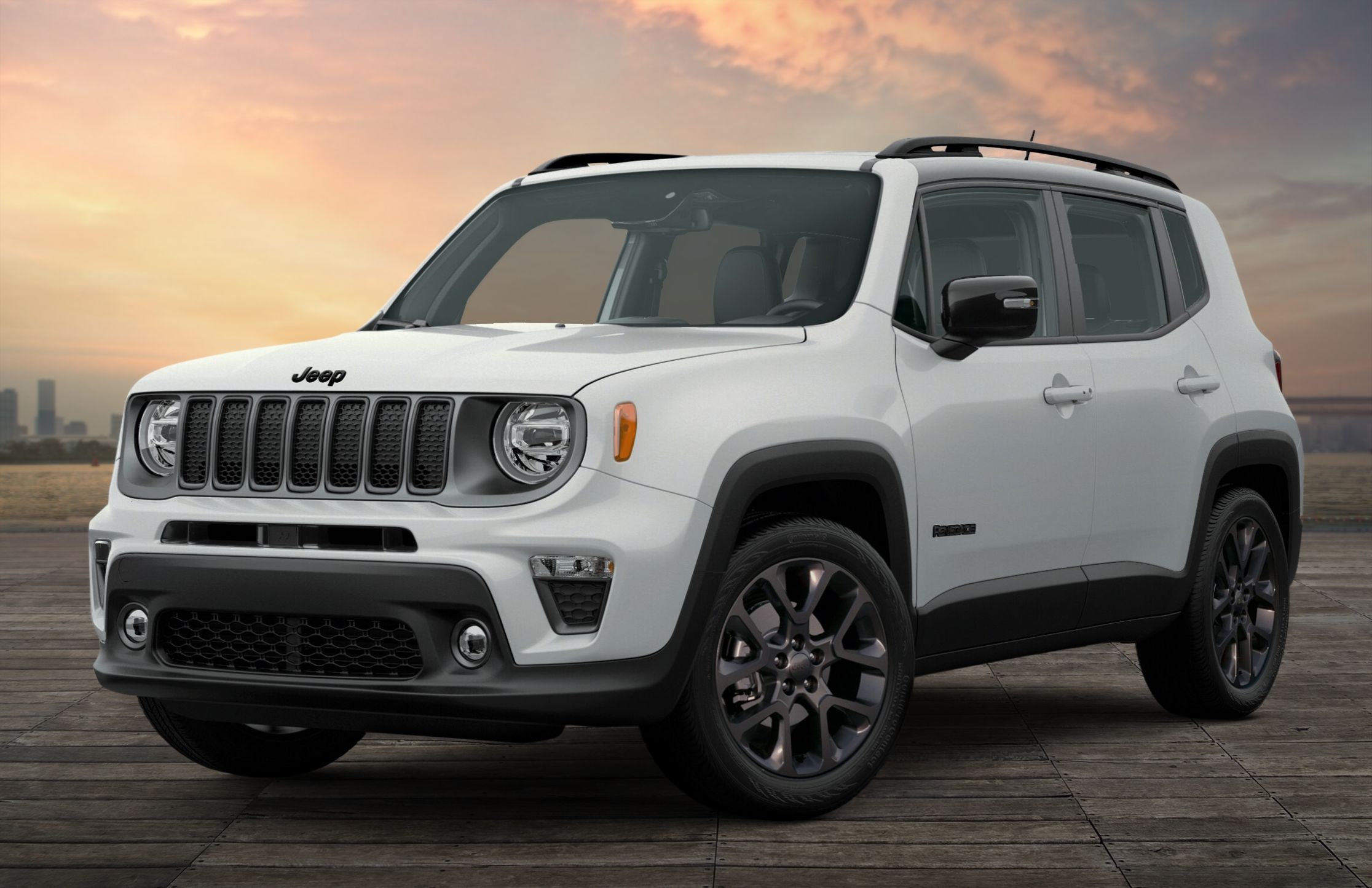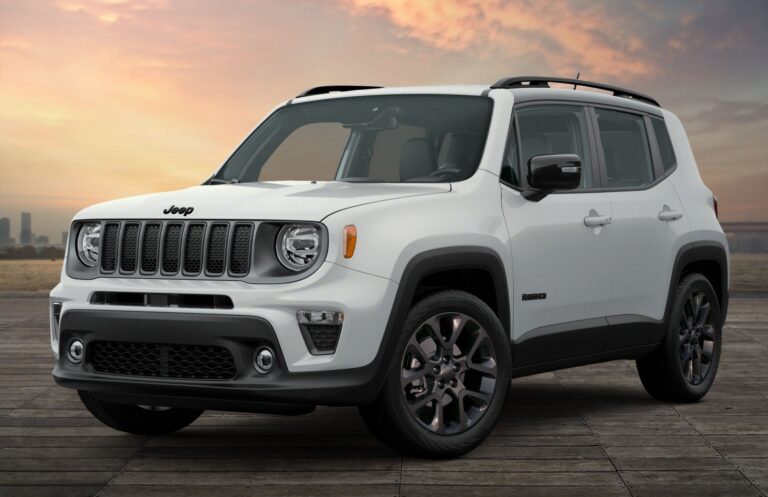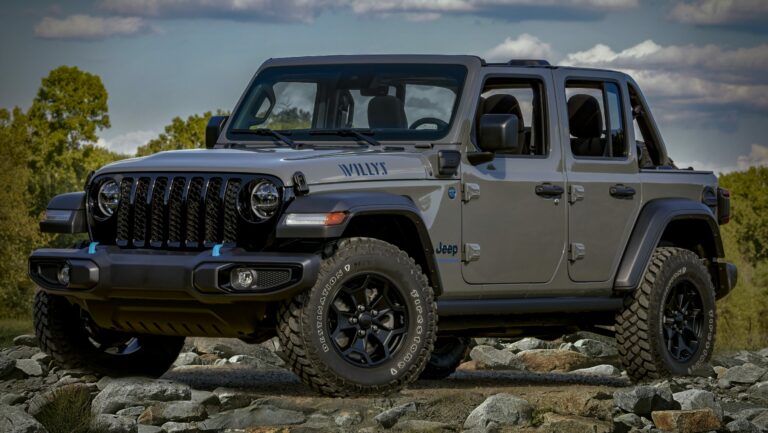Jeep M151 For Sale: Owning a Piece of Military History
Jeep M151 For Sale: Owning a Piece of Military History jeeps.truckstrend.com
The rumble of its engine, the distinctive boxy silhouette, and the unmistakable aura of a storied past – the Jeep M151, affectionately known as the MUTT (Military Utility Tactical Truck), is far more than just a vehicle. It’s a tangible piece of military history, an icon that served valiantly in conflicts from Vietnam to the Gulf War. For enthusiasts, collectors, and those with a deep appreciation for robust engineering and historical significance, the prospect of finding a "Jeep M151 for sale" isn’t just a transaction; it’s an opportunity to acquire a legendary machine that shaped modern military logistics and continues to captivate hearts.
This comprehensive guide delves into everything you need to know about acquiring an M151, from its fascinating history and various iterations to crucial legal considerations, what to look for during an inspection, and how to navigate the market. Whether you’re a seasoned military vehicle collector or a curious newcomer, understanding the nuances of the M151 market is key to a successful and satisfying purchase.
Jeep M151 For Sale: Owning a Piece of Military History
A Brief History of the M151 MUTT Series
The M151 MUTT’s story begins in the mid-1950s when the U.S. Army sought a successor to the venerable Willys M38 and M38A1 Jeeps. Ford Motor Company won the contract, developing a revolutionary new design that featured an integrated body-frame construction (monocoque), independent suspension at all four wheels, and a more powerful overhead-valve engine. This departure from traditional body-on-frame designs aimed to improve ride quality, off-road capability, and payload capacity.
The original M151 entered service in 1959, quickly proving its worth in various roles, from troop transport and reconnaissance to a platform for anti-tank weapons. Its agile performance and compact size made it indispensable in diverse terrains.
In 1964, the M151A1 was introduced, featuring minor improvements such as an updated turn signal switch and a slightly redesigned windshield frame. Visually, it was very similar to the original.
The most significant evolution came with the M151A2, introduced in 1969. This variant addressed a critical safety concern regarding the independent rear suspension (IRS) of the earlier models, which, if driven improperly (especially by untrained personnel at high speeds), could lead to a "tuck-under" and potential rollover. The M151A2 incorporated a redesigned semi-trailing arm rear suspension, significantly improving stability and handling. This is the variant most commonly encountered on the civilian market today.
Over its nearly 30-year service life, the M151 was produced by Ford, Willys Motors (later Kaiser Jeep), and AM General, with over 100,000 units manufactured. It served with distinction across the globe, eventually being phased out by the HMMWV (Humvee) in the late 1980s.
Why Buy a Jeep M151? The Allure of a Military Classic
The appeal of the M151 extends beyond mere transportation. It offers a unique blend of historical significance, rugged capability, and mechanical simplicity:

- Collector’s Item: Owning an M151 is owning a tangible piece of military history. It’s a vehicle that saw active service, representing an era of conflict and innovation. Its distinct design and historical provenance make it a valuable addition to any collection.
- Exceptional Off-Road Capability: Despite its age, the M151’s lightweight construction, robust 4×4 system, and excellent ground clearance make it a highly capable off-road machine. It can navigate challenging terrains with surprising ease, offering an authentic vintage off-roading experience.
- Mechanical Simplicity & Maintainability: Unlike modern vehicles laden with complex electronics, the M151 is a testament to straightforward mechanical engineering. Its components are generally robust, and with a bit of mechanical aptitude, many repairs and maintenance tasks can be performed by the owner.
- Unique Driving Experience: Driving an M151 is a visceral experience. Without power steering, power brakes (on many models), or modern comforts, it offers a direct, unfiltered connection to the road or trail. It’s a step back in time, providing a sense of raw, authentic driving.
- Investment Potential: Well-preserved, original, or professionally restored M151s have shown a steady appreciation in value, particularly the later A2 models with complete documentation. They are becoming rarer, especially those in excellent condition, making them a potentially sound investment for the discerning collector.

Important Considerations Before You Buy: The Legal Landscape
Perhaps the most critical aspect of purchasing a "Jeep M151 for sale," especially within the United States, revolves around its legal status for civilian use. This is paramount and often misunderstood.
The "Roll-Over" Controversy and Government Restrictions:
Following incidents and concerns about the stability of the M151 (particularly the M151 and M151A1) under certain driving conditions, the U.S. government took extraordinary measures. They declared M151s unsafe for civilian highway use due, in large part, to their independent rear suspension design which, when combined with a high center of gravity and improper driver training, could lead to a rollover.
Title and Registration Challenges:
When the M151s were decommissioned, the vast majority were either:
- "Demilitarized" (Demilled): This involved cutting the vehicle’s frame into multiple pieces to prevent it from ever being reassembled as a functional vehicle. These demilled sections were often sold as scrap or for parts, and re-welding them into a complete vehicle is extremely problematic and rarely results in a street-legal vehicle.
- Sold with Restrictions: Functional M151s sold as surplus by the U.S. government typically came with a stipulation that they were for "off-road use only" or "export only." This means they were sold without a traditional road-going title, often with a "bill of sale" or a specific military vehicle registration document that explicitly prohibits highway use.
Practical Implications for Buyers:
- Street Legality: In most U.S. states, it is exceptionally difficult, if not impossible, to obtain a standard road-legal title for an M151 purchased after these restrictions were put in place. Some states might have grandfather clauses for vehicles titled prior to the restrictions, but these are rare.
- Limited Use: For most owners, an M151 will be restricted to private property, military vehicle shows, parades (often requiring a special permit or being trailered), or off-road trails where state laws permit.
- Checking State Laws: Always, always, always check with your local Department of Motor Vehicles (DMV) or equivalent agency regarding the specific titling and registration laws for military surplus vehicles in your state before making a purchase.
What to Look For When Buying an M151: A Buyer’s Guide
Once you understand the legal landscape, the physical inspection of a "Jeep M151 for sale" becomes crucial.
- Rust is the Enemy: The M151’s monocoque construction means that rust in structural areas can be catastrophic. Thoroughly inspect:
- Frame Rails: Especially where suspension components attach.
- Floor Pans & Hat Channels: Look under the rubber mats.
- Battery Box: Prone to acid and moisture damage.
- Fenders & Body Seams: Check for bubbling paint or perforations.
- Engine & Drivetrain:
- Engine: The M151 uses a Ford-designed 2.3L (or similar) inline-4 cylinder engine. Check for oil leaks, unusual smoke from the exhaust, and listen for knocking or tapping sounds.
- Transmission & Transfer Case: Test all gears (4-speed manual) and the transfer case (2WD high, 4WD high, 4WD low). Listen for grinding or difficulty shifting.
- Suspension (Especially on M151A2):
- Check for worn bushings, damaged shock absorbers, and cracked springs. The A2’s revised rear suspension is critical for its improved stability.
- Electrical System: The M151 uses a 24-volt system. Check all lights, gauges, and the starter. Look for frayed wires or amateur wiring modifications.
- Brakes: These are drum brakes all around. Check for responsiveness, pulling to one side, and fluid leaks.
- Tires: Often equipped with military NDT (Non-Directional Tread) tires. Check their condition, dry rot, and tread depth.
- Documentation & Authenticity:
- Title/Bill of Sale: This is the most important document. Understand exactly what kind of title (if any) is being offered.
- Data Plates: Check the original data plates on the dashboard and under the hood for matching VINs and production details.
- Originality: Decide if you want a fully original vehicle or one that has been modified or restored. Original, unrestored examples with provenance often command higher prices.
- "Demilled" Status: Be extremely cautious if a seller claims a demilled vehicle has been "re-welded" and is now functional. These are almost universally impossible to title for road use and their structural integrity can be compromised.
Restoring and Maintaining Your M151
Once you’ve acquired your M151, the journey of ownership begins.
- Parts Availability: Fortunately, the market for M151 parts is quite robust. Surplus military parts, new old stock (NOS), and a growing number of reproduction parts manufacturers (such as MVM, Saturn Surplus, Army Jeep Parts) mean that most components are available.
- Common Issues: Be prepared to address common M151 quirks, including rust, electrical gremlins (especially with the 24-volt system), carburetor issues, and wear on suspension components and steering linkages.
- Tools & Skills: Basic mechanical skills and a good set of hand tools will be invaluable. Service manuals are readily available and highly recommended.
- Community: The military vehicle collecting community is incredibly active and supportive. Online forums, local clubs, and national organizations offer a wealth of knowledge, advice, and camaraderie.
Price Guide: How Much Does an M151 Cost?
The price of a "Jeep M151 for sale" can vary significantly based on its condition, variant, originality, included accessories, and most importantly, its legal status (especially the type of title available). The following table provides estimated price ranges:
| Condition Category | Description






